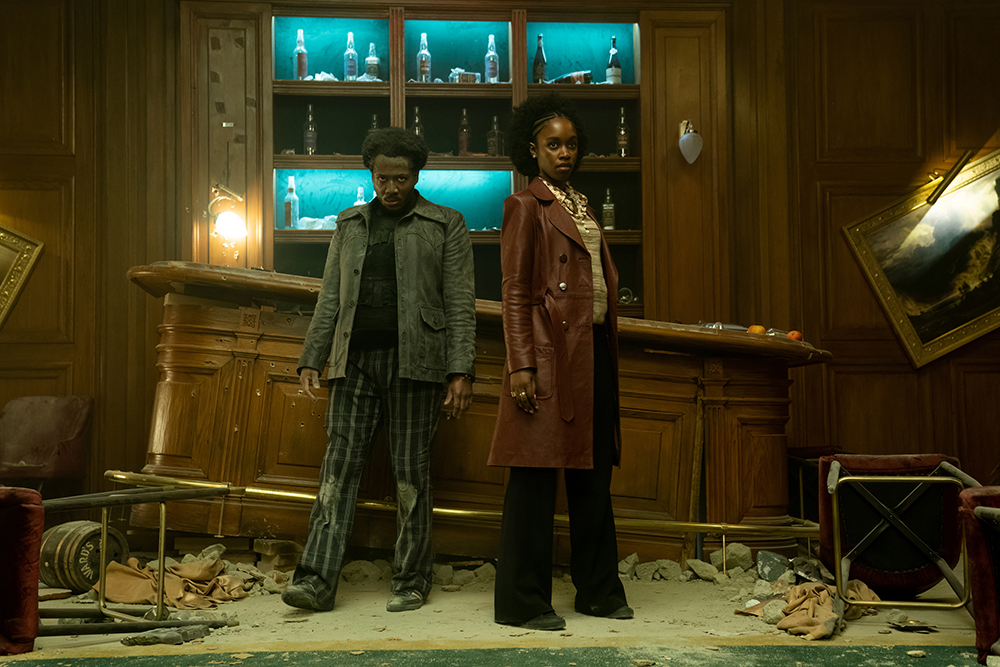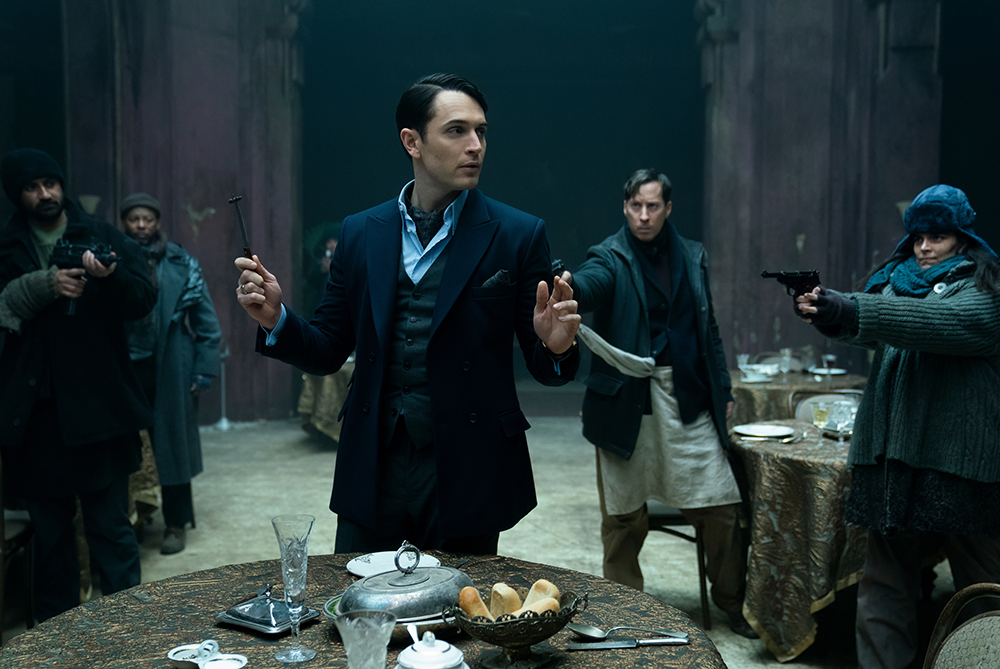
No Guest Found in this category
It’s been one of the most acclaimed action franchises of the past decade, and now the world of John Wick is heading to the small screen with mini-series The Continental: From the World of John Wick. The three-part series explores the origin story of fan-favourite character Winston Scott, as he navigates the underworld of 1970s New York, heading towards his destiny as manager of the titular hotel.
For Charlotte Brändström, director of The Continental’s second episode, getting the chance to work on the series was a dream come true. “I was so excited because I love the John Wick films,” Brändström said when she sat down with Supanova, “I’ve seen all four – I’ve actually seen number four twice – and I’m a big fan of the franchise.”
You’d be forgiven for thinking that joining such a successful franchise would be daunting, especially for its first spin-off, but Brändström, ever the consummate professional, never let that get in the way of her work. “You always feel [daunted] in the very beginning… and then once you get into it, you get into the groove of it, the work of it – and there’s so much work. You know, you’re making a movie, so you take it day by day and build it, it’s like building a house – one brick at a time – so you don’t really have time to be daunted anymore.”

Hubert Point-Du Jour as Miles, Jessica Allain as Lou (Photo by: Katalin Vermes/Starz Entertainment)
A 30-year veteran of the industry with credits all across Europe as well as in the U.S., Brändström found her experience with European TV quite beneficial when approaching The Continental’s feature-length episodes. “When I started in TV in Europe… everything was an hour and a half,” she said, “I never thought, ‘I’m doing TV here or I’m doing a feature here,’ I always make a film. I always try to make it as cinematic as possible, give it as much scope as I can, make it as good as I can, and I feel like every shot counts – there are no small shots or easy shots – every shot has to be interesting.” Summing up her approach, Brändström added that, “I never think ‘This is TV, so I’m going to shoot it this way, and this is feature,’ you always tell a story the best way you can. And what guides your style is the script.”
With that approach to directing, fans can be assured that The Continental will feel just as epic and cinematic as its movie counterparts. However, there is one key difference between TV and film, which Brändström felt really benefited the story. “I thought it was a very exciting project to be part of and it was also interesting because in TV you have time to really dig into the characters and develop them, and so that was also a lot of fun because we had three one-and-a-half hour films, so that’s a long time to develop those characters and find out about the origins of the hotel and everything.”
She further offers that, “the most important thing in these three films [The Continental’s feature-length episodes] was [Winston’s] character arc; was his emotional journey because of what happens to him,” describing how he, “changes a lot from where he starts at the beginning of One and how he ends up in Three. He’s not at all the same person.” She then went on to describe how, by the end of the series, Winston more closely resembles the character we know from the movies, because, “he’s becoming that person at the end of Three.” In Brändström’s episode, however, which is smack-bang in the middle of this character’s journey, “he is completely different, [actor Colin Woodell] is playing someone else.”

Colin Woodell as Winston Scott (Photo by: Katalin Vermes/Starz Entertainment)
On the topic of the franchise’s signature style and how it was adapted for this series, Brändström says that they “took a lot of inspiration from the films,” even when it came to areas such as lighting. However, she says that the show still has its own identity, thanks in no small part to the period setting. “Even though we’re part of a franchise, it has a very unique flavour to it, thanks to the style that Albert [Hughes, director of episodes one and three] gave to it and the music, and also the choice of setting it in New York in the ‘70s. I think that’s a very, very cinematic city, so that was exciting.”
When asked about how she prepared for that unique period setting, Brändström says that she rewatched Scorsese movies, with Taxi Driver in particular being “a big inspiration.” She went on to elaborate that, “New York back then was dirty, it was dangerous, it was gritty, so I think [Taxi Driver] was the biggest inspiration.” She also adds that the production designers made incredible mood boards, which were a big help in finding the feel of the show.
When all is said and done, it sounds like fans of the franchise can expect more of what they love, but with something new being brought to the table. In Brändström’s words, “I still think we got something unique of out of it, even though it’s inspired, it’s unique at the same time.”
Australian fans of John Wick and his world can check into The Continental from September 22 via Prime Video. You can also catch John Wick: Chapter 3 – Parabellum star Mark Dacascos as a Supa-Star guest at Supanova in Adelaide (4-5 November) and Brisbane (11-12 November).









